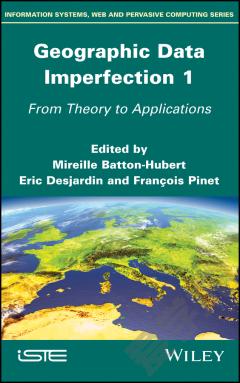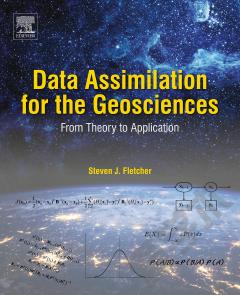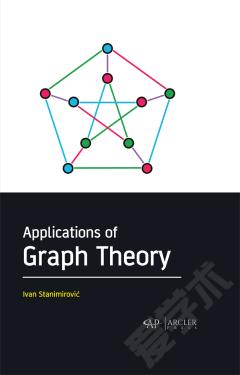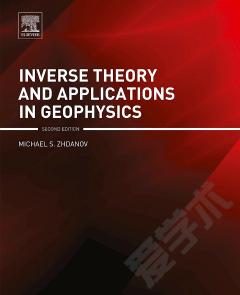Geographic Data Imperfection 1 —— From Theory to Applications
----- 地理数据缺陷
Geomatics is a scientific field that in the last 30 years has become closely intwined with our everyday life, to such an extent that we often forget all its underlying challenges. Who does not have a navigation application on his or her mobile phone? Who does not manipulate geolocated data? In the coming decades, the volumes of georeferenced data generated should increase dramatically. This book focuses on the notion of imperfection in geographic data, which is a significant topic in geomatics. In fact, it is essential to define and represent the imperfection that may affect geographic data. Uncertainty constitutes the basis of the study of the so-called modern probability, a field that became very active in the 18th century (thanks to the works carried out by P. de Fermat, B. Pascal, Th. Bayes, P. S. Laplace, and sever al others) and was complemented by concepts developed in the 19th century and, more particularly, later in the 20th century. The notion of imperfection supplements this concept; the single representation of the stochastic (random) nature of a fact is limited when the aim is to represent the precision of a fact and/or the lack of knowledge about data. These theories, which deal with these two aspects, were complemented in particular by the DempsterâShafer theory.
{{comment.content}}








 京公网安备 11010802027623号
京公网安备 11010802027623号